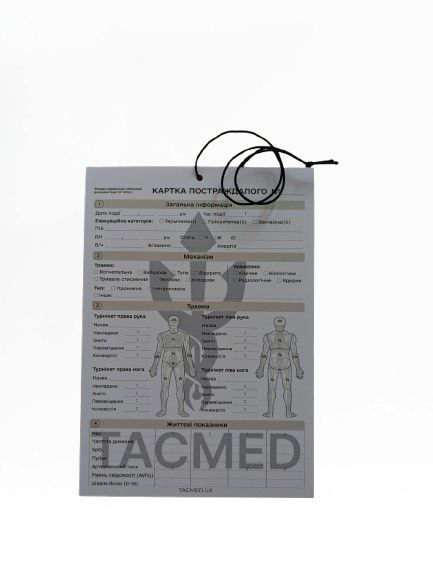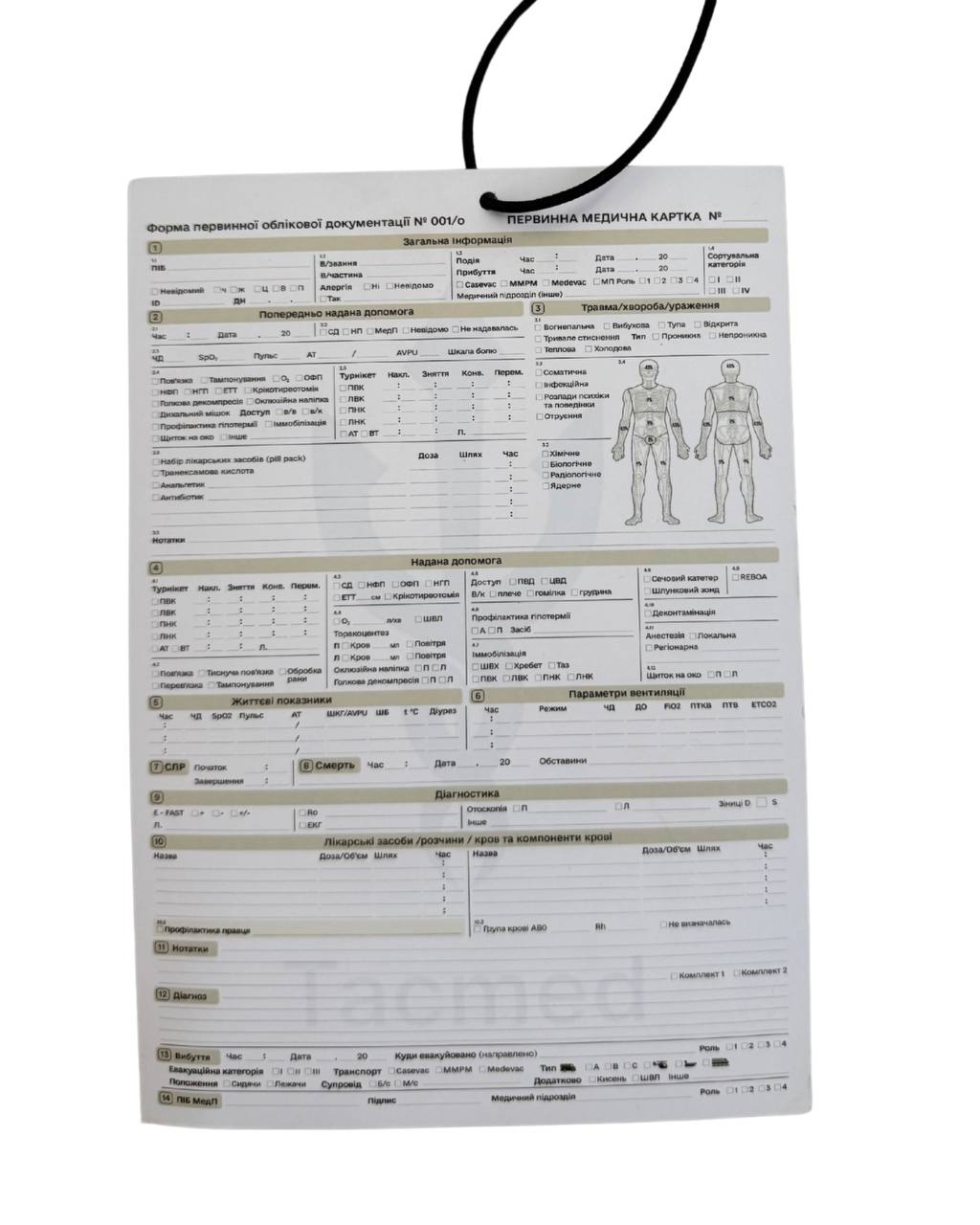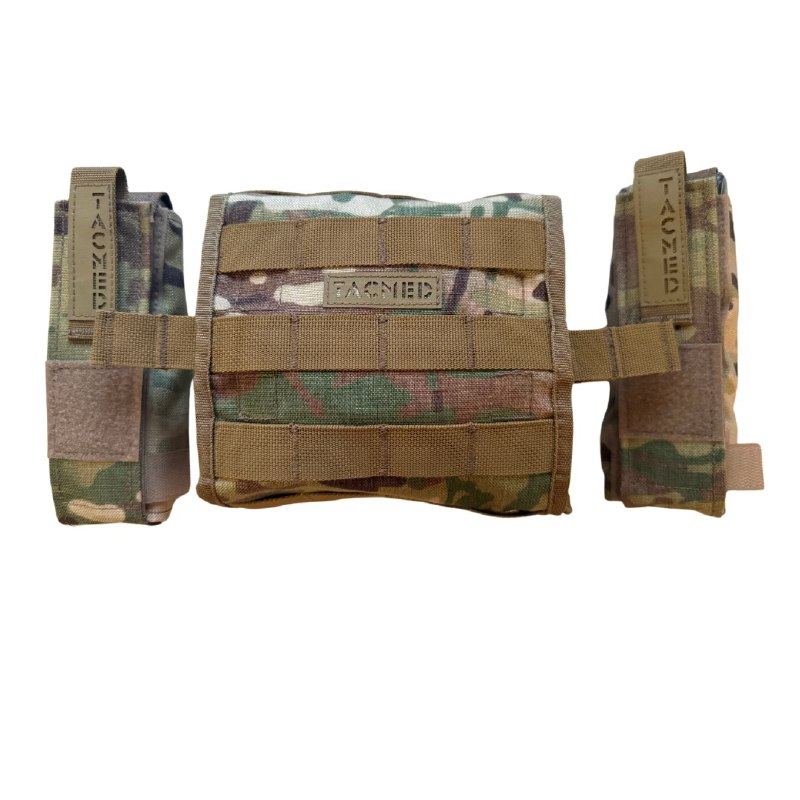First Aid for Epilepsy: Action Algorithm
Content
- What You Need to Know About Epilepsy
- Types of Epilepsy and Causes
- How to Recognize Epilepsy: Typical Symptoms
- What to Do When Convulsive Seizures Occur
- How to Provide Help During an Epileptic Seizure
- During the First Stage of Convulsions:
- During the Second Stage (Postictal Period):
- What Not to Do During an Epileptic Seizure

Epilepsy remains a somewhat misunderstood condition for most people. However, it is a medical disorder like many others. We believe it is essential to explain in detail how to provide first aid during an epileptic seizure and how to act to avoid harming the patient. We will also share information on the signs and symptoms by which you can recognize a seizure.
What You Need to Know About Epilepsy
Epilepsy is a state in which the brain “loses its rhythm.” At certain moments, a group of nerve cells begins to fire chaotically, which can trigger a seizure. A seizure is not always the dramatic convulsions seen in films. Sometimes it is simply a brief loss of consciousness, involuntary movements, or a “freeze” lasting a few seconds. Everything depends on which part of the brain is misfiring. Epilepsy is a chronic disorder, but it can be managed successfully if properly diagnosed and treated.
Seizures occur when excess electrical impulses build up in different areas of the brain. These disrupted rhythms manifest in various ways: noticeable changes in behavior and consciousness, convulsions, visual hallucinations, or phantom sensations.
Epileptic seizures can present differently—sometimes in isolation, sometimes in combination. Most often, convulsions occur: uncontrolled, jerky movements beyond the patient’s control. In most cases, the seizure is accompanied by loss of consciousness. Involuntary urination or loss of bowel control can also occur during a seizure; this is not uncommon or shameful but a physiological reaction to intense brain excitation.
Epilepsy is diagnosed in a very large number of people. It is the fourth most common neurological disorder worldwide. It affects both children and adults, regardless of gender, race, or other characteristics. However, there is a higher incidence among very young children and older adults.
Statistics show that epilepsy is most frequently diagnosed in infants. Rates are also high in people over 55, as conditions such as strokes and tumors—often leading to seizures—become more common. People with epilepsy are more prone to injuries, such as fractures and bruises sustained during seizures. Beyond physical harm, many experience emotional fatigue, anxiety symptoms, or depression, since living with unpredictable seizures is psychologically challenging.
Types of Epilepsy and Causes
Depending on the cause, epilepsy is classified as either primary or secondary.
When no specific cause can be identified after examination, it is classified as primary epilepsy. Secondary epilepsy has a wide range of causes. Possible factors include infections affecting the brain or its membranes—such as meningitis or encephalitis. Epilepsy may also develop after severe head trauma or stroke, when the brain is deprived of oxygen for a period. In some cases, disturbances arise before birth due to injury or oxygen deprivation during or immediately after delivery. Congenital brain pathologies caused by genetic defects or developmental anomalies can also lead to epilepsy. Brain tumors are another potential cause.

How to Recognize Epilepsy: Typical Symptoms
Symptoms of an epileptic seizure can vary greatly—it all depends on which brain area is affected. In some cases, there are convulsions, with muscles contracting and relaxing involuntarily. A seizure may also involve sudden stiffness, a glazed look, or disorientation. The person may not respond to speech, perform repetitive automatic movements (e.g., rubbing hands or pacing in circles).
Strange sensations can also occur—changes in perception of taste, sound, smell, or unexplained pain. Some people suddenly feel intense anxiety, fear, or, conversely, unjustified euphoria. Physiological changes may include rapid heartbeat or irregular, slow breathing. Seizures can be obvious or subtle, making them easy to miss, especially in early stages.
What to Do When Convulsive Seizures Occur
Seizures are classified as focal or generalized based on where in the brain they start and the state of consciousness during the episode.
Here is what to do during a convulsive seizure, which typically begins unexpectedly and often leads to loss of consciousness. We will examine two stages:
First Stage. Active muscle activity: the body tenses, and the patient makes uncontrolled movements with arms and legs; foam may appear at the mouth. The foam can be pink if blood droplets from bitten tongue or cheeks mix with saliva. Do not panic—foam is not a sign of an irreversible critical state. However, remain vigilant, as the risk of additional injuries during convulsions is high. The threat of airway obstruction is usually minimal.
Second Stage—Postictal Sleep. After the seizure, the person falls asleep and usually has no memory of the event. At this stage, airway obstruction may occur—due to tongue falling back, vomit, saliva, or foreign objects—posing a risk of oxygen deprivation and potentially fatal consequences. The nature and course of convulsions determine the first-aid steps.
If you witness a seizure, it does not necessarily mean the person has epilepsy, but you should know how to help. About 10 % of people have experienced a seizure once in their lifetime. Epilepsy is not always accompanied by convulsions.
Identical seizures can result from severe poisoning, drug withdrawal, high fever, heart attacks, or extreme physical exertion. These convulsions arise from inadequate oxygen supply to brain cells—hypoxia. While these factors can trigger seizures, they generally do not recur once the underlying cause is treated successfully.
Epilepsy is a complex condition requiring an individualized treatment plan. People with epilepsy need special support to live well and manage their condition.
Psychiatrists and neurologists treat epilepsy. With proper support, those affected can lead full lives.
How to Provide Help During an Epileptic Seizure
First aid during an epileptic seizure—especially convulsions—depends on the seizure stage. Below is a detailed breakdown of necessary actions.
During the First Stage of Convulsions:
-
Place the person gently on the floor to prevent injury.
-
Clear the area of hazardous objects.
-
Support the patient’s head and neck to avoid trauma.
-
Note the seizure onset time—critical information for medical responders.
During the Second Stage (Postictal Period):
-
Assess airway patency: gently inspect the mouth without forcing it open.
-
Ensure the person is breathing.
-
Immediately call emergency medical services.
-
If breathing is present, turn the person onto their side and check for other injuries.
-
If there is no breathing, begin cardiopulmonary resuscitation.
Assisting someone during a seizure is not only about actions during convulsions but also about preventing complications. One major risk is injury-related bleeding. In such cases, reliable hemostatic tools—certified tourniquets or straps—are essential.
Knowing how to provide first aid for epilepsy, including trauma care, is a life‑saving skill anyone can learn to protect loved ones.
What Not to Do During an Epileptic Seizure
Finally, here’s what you must never do:
-
Do not rigidly restrain the patient’s arms or legs.
-
Do not force the mouth open or insert objects—this can cause facial fractures or other injuries.
-
Do not administer medication or give fluids, especially if the person is unconscious.
The priority is ensuring the patient’s safety and quickly calling for medical help. You can purchase all the necessary certified first‑aid supplies from TacMed.






